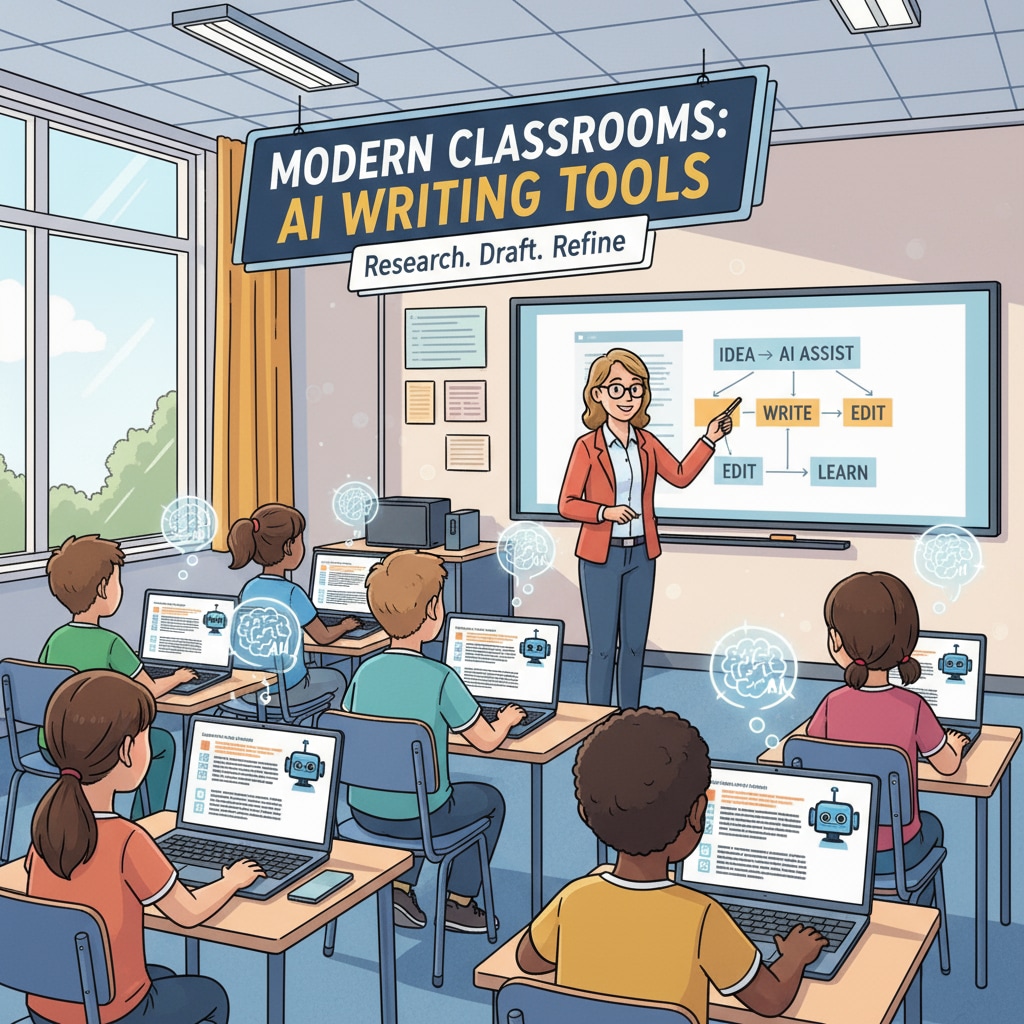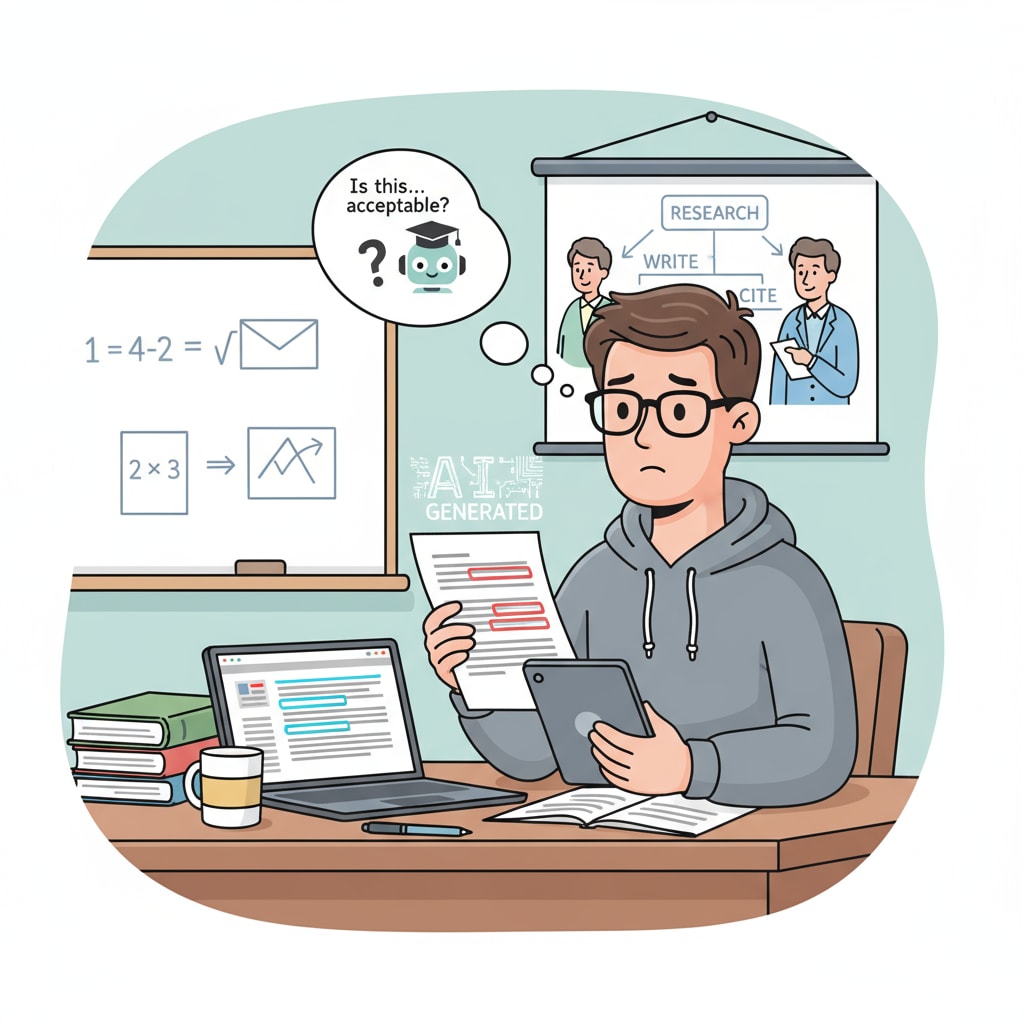In the realm of education, the concepts of student writing, assignment authenticity, and educational objectives are intertwined. With the increasing popularity of AI tools in student writing, educators are grappling with new challenges. The question of how to maintain assignment authenticity while nurturing students’ true writing abilities has become a pressing concern.

The Rise of AI in Student Writing
AI writing tools have become a double-edged sword in education. On one hand, they offer convenience, such as grammar checks, vocabulary suggestions, and even the ability to generate entire paragraphs. For example, tools like Grammarly can help students correct basic language errors. However, this convenience has led to a worrying trend. Many students are now relying too heavily on these tools, using them to complete assignments that are supposed to showcase their own writing skills. As a result, the authenticity of their work is being called into question. Artificial intelligence in education on Wikipedia
The Threat to Assignment Authenticity
The use of AI in student writing undermines the very concept of assignment authenticity. When students submit work that is largely generated by AI, it’s difficult for educators to assess their true writing capabilities. For instance, a well-written essay might seem impressive at first glance, but upon closer inspection, it could be the product of an AI algorithm. This not only cheats the educational system but also deprives students of the opportunity to develop their own voices and critical thinking skills through writing.

Rethinking Educational Objectives
To address this issue, educators need to reevaluate educational objectives. Writing is not just about producing a grammatically correct piece of text. It’s about self-expression, critical thinking, and problem-solving. Educational institutions should focus on teaching students the process of writing, from brainstorming ideas to organizing thoughts and finally expressing them in a coherent manner. By emphasizing these fundamental skills, students will be less likely to rely on AI as a shortcut. Education on Britannica
In conclusion, the presence of AI tools in student writing has disrupted the traditional understanding of assignment authenticity and educational objectives. It’s crucial for educators, students, and parents to work together to find a balance. By promoting real writing skills and redefining educational goals, we can ensure that students receive a meaningful education that prepares them for the future. Readability guidance: The key points are presented in short paragraphs and lists. The proportion of passive voice and long sentences is controlled, and transition words are used throughout the text to enhance readability.


